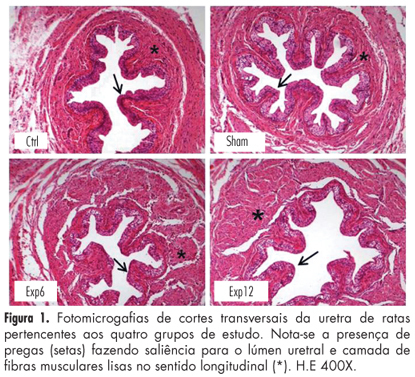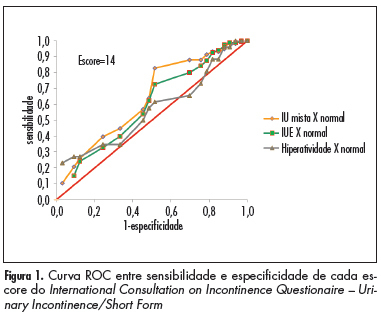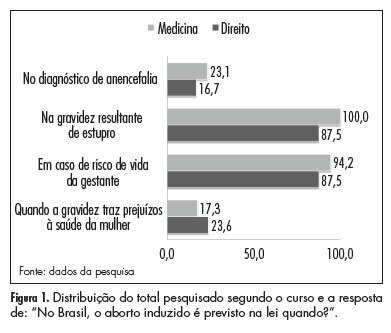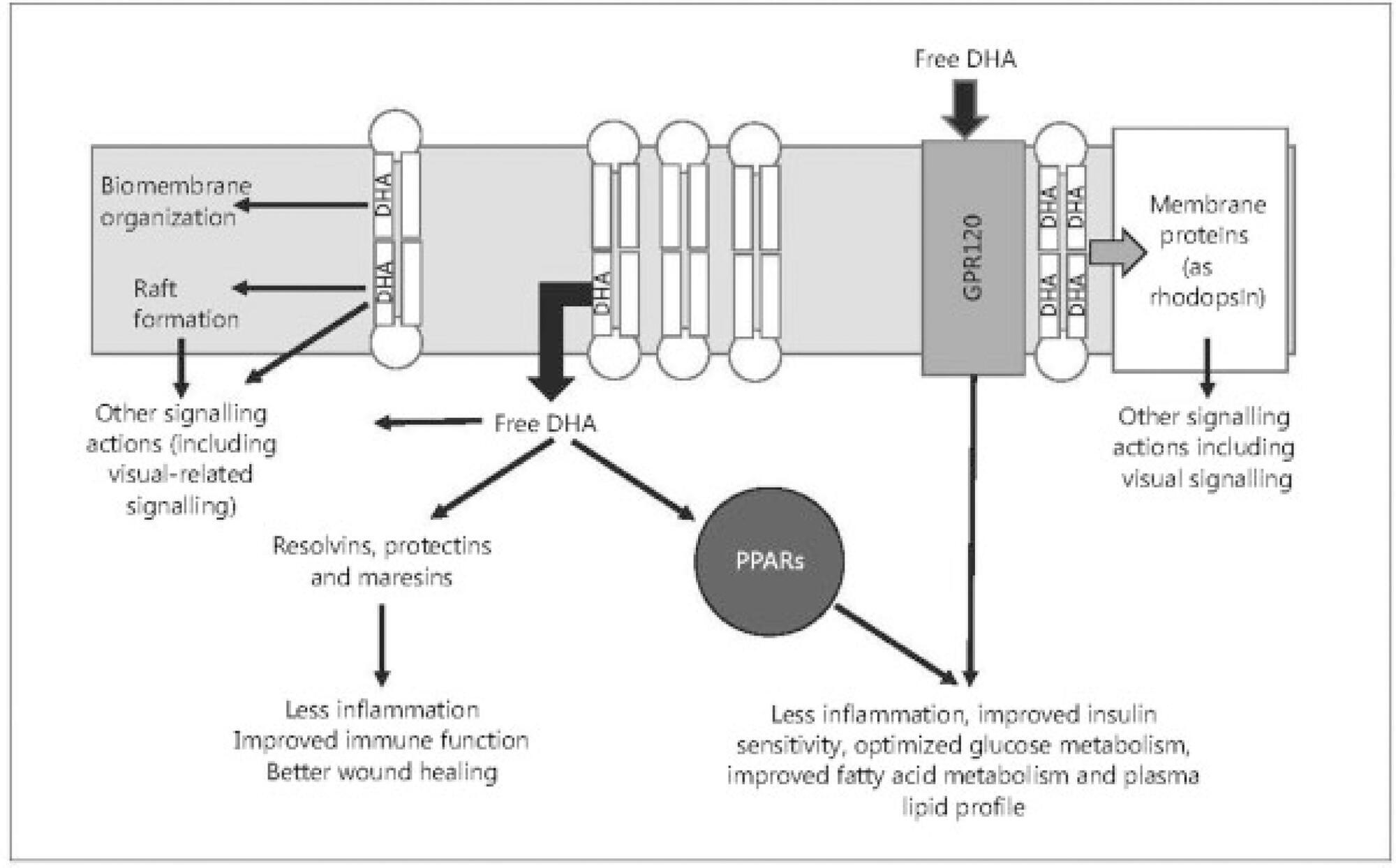Summary
Revista Brasileira de Ginecologia e Obstetrícia. 2013;35(4):159-163
DOI 10.1590/S0100-72032013000400005
PURPOSE: To evaluate the effects of electrical stimulation (ES) of the pelvic floor on the urethra of female rats. METHODS: Forty adult rats were divided at random into four groups of ten animals each: Ctrl - without intervention; Sham - not submitted to ES, but with an electrode inserted into the vagina; Exp6 - submitted to six sessions of ES of the pelvic floor, and Exp12 - submitted to 12 sessions of ES of the pelvic floor. At the end of the experiment, all animals were anesthetized and the middle third of the urethra was removed, fixed in Bouin's fluid and processed for histomorphometric study. Sections were stained with hematoxylin and eosin for morphological and morphometric description, and others were stained with picrosirius red for the quantitation of total collagen. The thicknesses of the muscle layer and of the epithelium were determined, in 4 quadrants of the urethra, by performing 20 measurements per animal. The number of blood vessels present in the lamina propria was counted in the four quadrants over an area of 10³ µm² per quadrant and the images were obtained using the image analysis program AxioVision® REL 4.3 (Carl Zeiss). The collagen and muscle fiber ratios in the urethrae were calculated from two images per quadrant of every slice stained with picrosirius red, employing the Imagelab® Program. Data were subjected to analysis of variance (ANOVA) and the Tukey-Kramer multiple comparison test (p<0.05). RESULTS: The morphometry of the collagen, number of blood vessels and thickness of the epithelium showed no significant changes; however, the thickness of the periurethral muscle tissue increased significantly in Exp12 group, compared to the other groups (Exp12*>Exp6==Ctrl==Sham; *p<0.05). CONCLUSION: Prolonged functional electric stimulation of the pelvic floor induced an increase in periurethral muscle thickness in rats.

Summary
Revista Brasileira de Ginecologia e Obstetrícia. 2013;35(1):16-20
DOI 10.1590/S0100-72032013000100004
PURPOSE: To evaluate the correlation between the International Consultation on Incontinence Questionnaire - Urinary Incontinence/Short Form (ICIQ-UI/SF) and Urodynamic evaluation (UE) in women with urinary incontinence (UI). METHODS: Clinical data, UE and ICIQ-UI/SF scores for 358 patients from private health service were analyzed retrospectively . The correlation between ICIQ-UI/SF and urodynamic parameters was determined by Spearman's test. A ROC curve with the sensitivity and specificity of the ICIQ-UI/SF scores was utilized to establish the value of the questionnaire that would predict an altered urodynamic parameter. The c² test or Fisher's exact test was used to calculate the p-value. The level of significance was 5% and the software used was SAS 9.2. RESULTS: Sixty-seven point three percent of the patients presented Stress UI (SUI) according to the UE (urodynamic SUI); those with SUI and Detrusor overactivity (DO) at UE represented 16.2% of the women (SUI+DO), and those with only DO at UE (DO) represented 7.3% of the women. Patients with normal UE represented 9.2% of the women. There was a significant association between ICIQ-UI/SF scores ³14 and patients with urodynamic SUI, with or without DO. Patients with Valsava Leak Point Pressure (VLPP)£90 cmH2O presented ICIQ-UI/SF³15. Spearman's test showed a weak inverse correlation between ICIQ-UI/SF score and VLPP, although it did not show any correlation with maximum cystometric capacity or with bladder volume on first desire to void. CONCLUSION: There was an association between ICIQ-UI/SF score and patients with SUI, with or without DO, but no association between the score and patients with DO alone. The lower the VLPP value, the higher the ICIQ-UI/SF score. The ICIQ-UI/SF was not able to distinguish the different types of UI in the studied population

Summary
Revista Brasileira de Ginecologia e Obstetrícia. 2012;34(1):16-21
DOI 10.1590/S0100-72032012000100004
PURPOSE: To analyze and compare the knowledge and opinions of Law and Medical students regarding the issue of abortion in Brazil. METHODS: This was a cross-sectional study involving 125 graduate students from the class of 2010. Of these, 52 were medical students (MED group) and 73 law students (LAW group). A questionnaire was applied based on published research about the topic. Dependent variables were: monitoring the abortion debate, knowledge concerning situations where abortion is permitted under Brazilian law, opinion about situations that agree with extending legal permission to terminate pregnancy and prior knowledge of someone who has undergone induced abortion. Independent variables were: sex, age, household income and graduation course. Statistical analysis: χ² and Fisher's exact tests, with the level of significance set at 5%. RESULTS: Most interviewees reported monitoring the debate on abortion in Brazil (67.3% of the MED group and 70.2% of the LAW group, p>0.05). When assessing knowledge on the subject, medical students had a significantly higher percentage of correct answers than law students (100.0 and 87.5%, respectively; p=0.005) regarding the legality of abortion for pregnancies resulting from rape. Elevated percentages of correct responses were also recorded for both groups in relation to pregnancies that threaten the life of the mother (94.2 and 87.5% for MED and LAW groups, respectively), but without statistical significance. A significant percentage of respondents declared they were in favor of extending legal abortion to other situations, primarily in cases of anencephaly (68%), pregnancy severely harming the mother's physical health (42.1%) or that of the fetus in cases of severe congenital malformation (33.7%). CONCLUSION: Results showed a satisfactory knowledge on the part of law and medical school graduate students regarding the legality of abortion in Brazil, combined with a favorable trend towards extending legal permission to other situations not covered by the law. It is important to underscore the inclusion of this topic in the undergraduate curriculum and the development of inter-professional teaching strategies.

Summary
Revista Brasileira de Ginecologia e Obstetrícia. 2015;37(1):16-23
DOI 10.1590/SO100-720320140005138
To evaluate eating in postmenopausal women and its relation to anthropometry, age and time since menopause in São Bernardo do Campo residents.
During the period from June to August of 2011, 148 postmenopausal women residents in state of São Paulo (Southeast region of Brazil) were evaluated using a structured questionnaire containing socioeconomic, clinical, anthropometric and food data. The level of physical activity, biochemical variables, Body Mass Index (BMI), abdominal circumference (AC) and dietary intake (energy, protein, carbohydrates and fats, fiber, cholesterol, vitamins A and C, minerals, calcium and iron) were analyzed according to age and time after menopause.
Mean BMI was 29.0≤5.6 kg/m2 and abdominal circumference was 95.7±12.9 cm. The average daily caloric consumption was 1,406.3±476.5 kcal. The calorie intake was significantly more appropriate in normal-weight women and women with AC<88 cm. The same was observed for protein intake (p<0.001 and p=0.006, respectively). No association was observed with age or duration of the postmenopausal period, except for average protein consumption that was higher in the group with five years or less of menopause (p=0.048).
The anthropometry of postmenopausal women showed a predominance of overweight and obesity. Dietary intake was adequate in relation to the percentage of calories and macronutrients and calories among most normal-weight women and women with AC<88 cm.
Summary
Revista Brasileira de Ginecologia e Obstetrícia. 2016;38(3):160-160
Summary
Revista Brasileira de Ginecologia e Obstetrícia. 2004;26(2):160-161
Summary
Revista Brasileira de Ginecologia e Obstetrícia. 2004;26(2):160-160
Summary
Revista Brasileira de Ginecologia e Obstetrícia. 2020;42(3):160-164
Long-chain omega-3 (n-3) polyunsaturated fatty acids (PUFAs), such as the eicosapentaenoic and docosahexaenoic acids, have been linked to human health in all stages of life, from fetal development to aging. These PUFAs act as precursors for various metabolites involved in the prevention of certain diseases. The recognizable effects of these supplements prior to pregnancy (oocyte maturation), during pregnancy (improvement in the risk of premature delivery, among others) and in the offspring (in terms of cognitive function and the approach to neurodevelopmental disorders) are described in the present narrative review. We concluded that the diffusion of these supplements may improve the prognosis of these patients in a simple, effective way, and with high safety rates.
